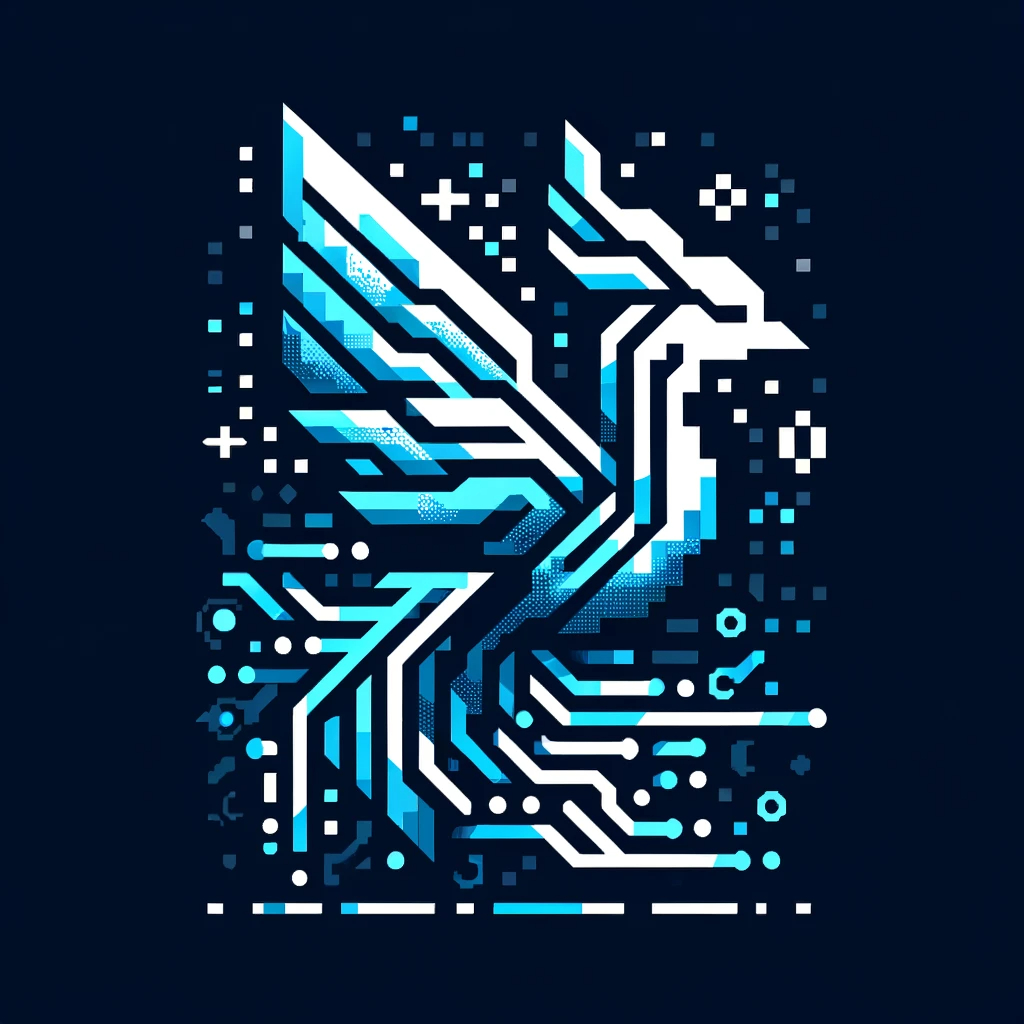102 reads
Comparative Study of DAG Protocols and Their Impact on Blockchain Performance
by
September 18th, 2024
Audio Presented by

We believe everyone should have ultimate control and ownership over their cryptographic assets and digital transactions.
Story's Credibility

About Author
We believe everyone should have ultimate control and ownership over their cryptographic assets and digital transactions.